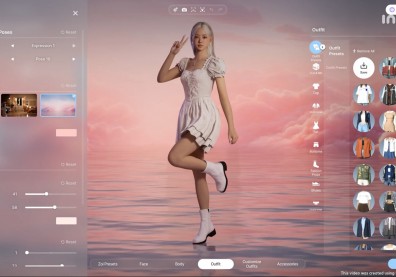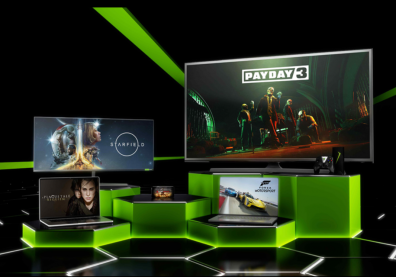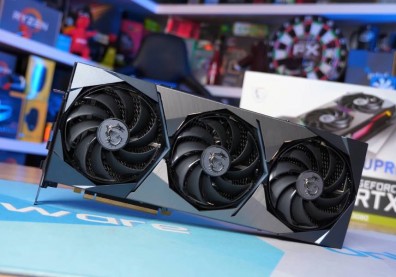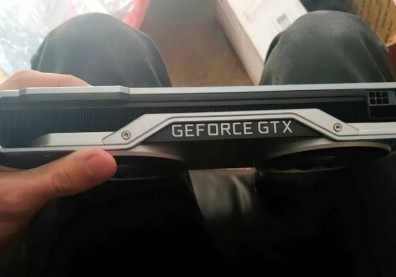NVIDIA recently revealed their latest chip code-named Xavier at the GPU Technology Conference event held in Europe. The New Xavier Chip was said to be designed for self-driving cars.
The chip is said to integrate eight 64-bit ARM cores designed by NVIDIA along with a 512-core graphics processor based on NVIDIA's forthcoming Volta graphics architecture. Also included are two video processors with 8K video capacity and a specialized computer vision accelerator.
The NVIDIA Xavier Chip was manufactured in Taiwan Semiconductor Manufacturing Company with its 16-nanometer technology and seven billion transistors. The company also said that it will commence sampling to customers in the fourth quarter of 2017 with the automakers, start-ups, tier 1 suppliers and research institutions developing self-driving cars.
Previously, NVIDIA announced the platform dubbed Drive PX 2 was aimed at self-driving cars. The platform included two of NVIDIA's recently announced processor code-named Parker and two standalone Pascal-based graphics processors.
The Xavier chip is said to replace the DRIVE PX 2 with dual mobile SoCs and dual discrete GPUs with lesser power consumption and lesser cost. NVIDIA is allegedly set on focusing on self-driving cars; producing hardware and software specifically for the nascent market. However, the market for self-driving cars is yet to be proven.
In other news, NVIDIA has teamed up with Apple to make "revolutionary" new computers. Three job listings were spotted on NVIDIA's database with reference to Apple, Bloomberg reported. The ad looking for a software engineer mentioned that the person would be working in partnership with Apple to write a code that will define the future.
NVIDIA graphics is rumored to be used in future Apple phones. However neither Apple nor NVIDIA has confirmed the rumor. The NVIDIA GPUs are rumored to power the higher-end Mac machines in Apple's future devices. The company is also said to work on Thunderbolt Displays with integrated graphics, BGR reported. Watch Nvidia Drive PX2 - Live-Demo (CES 2016)










